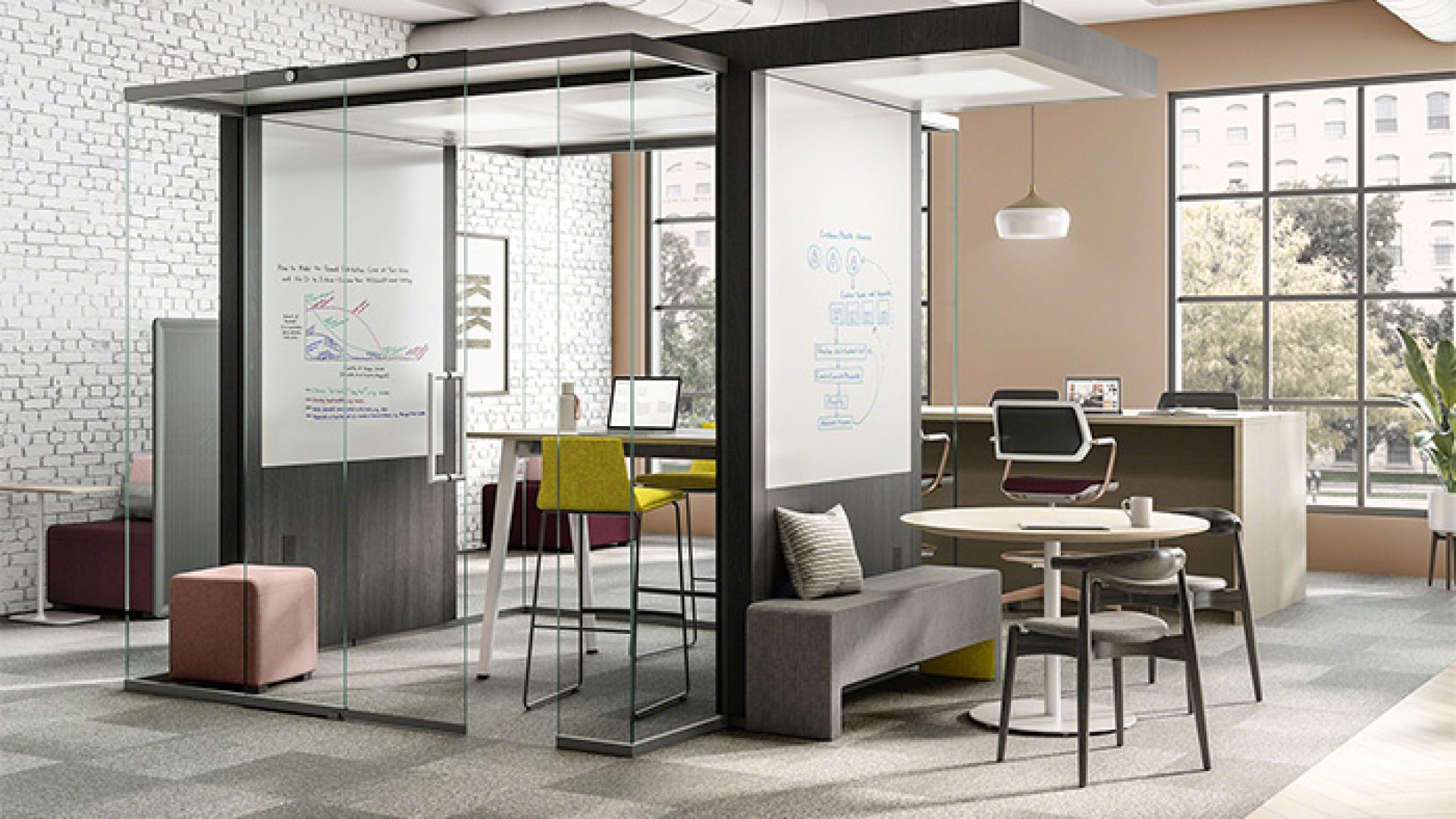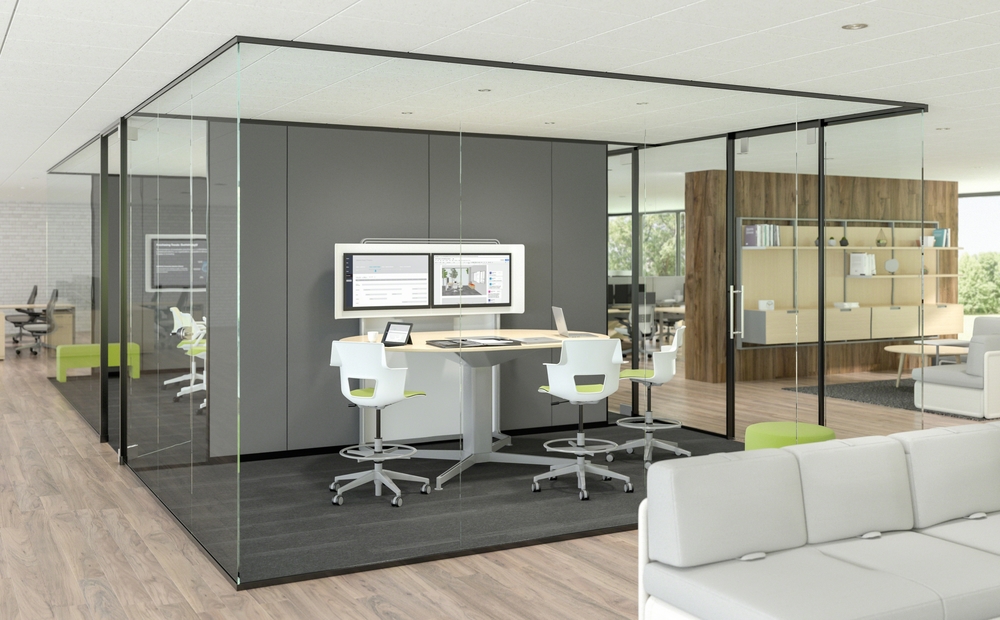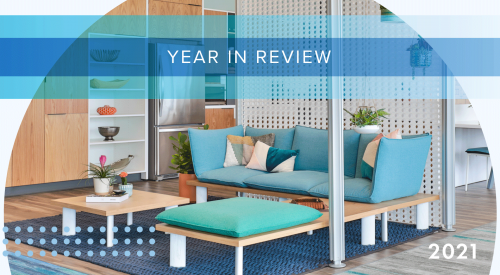- Blog
- Real Estate Brokers, What Challenges do Your Clients Face?
Real Estate Brokers, What Challenges do Your Clients Face?

What challenges do your clients face when seeking new real estate opportunities? From talent attraction to technology adoption, today’s organizations bring a unique set of needs to their search for the right office space. Scroll to see some of those issues that may be familiar to you and your real estate clients, as well as the answers you can offer the next time they arise.
Client challenge #1: Achieving greater flexibility
While many organizations have strategic objectives to get them from the present to the future, none of us really know what work habits will be like in five, ten, or twenty years. The office landscape has seen vast changes in the past decade — from cubicles to the open office to the office ecosystem — and this evolution is a good predictor of the continued change to come. The challenge for organizations is to find ways to support their work and culture now while being able to adapt to the future as it comes.
Solution: Solutions such as modular walls can ensure flexibility in the work environment. Unlike drywall, modular walls can be moved as clients’ real estate needs change.
Some solutions, like the Air 3 Pod by Orangebox, take modularity even further. With assembly taking less than a workday, the Pod becomes a room within a room with the option for technology integration. And when clients’ needs change or they move, the Pod can easily move too.
 Client challenge #2: Attracting & retaining talent
Client challenge #2: Attracting & retaining talent
The search for great people is one shared by every organization. For that reason, clients can’t afford for their work environment to not support their efforts in engaging employees.
Solution: To create spaces that engage people in the workplace, it’s important to keep in mind two design principles: designing for wellbeing and designing an ecosystem of spaces.
Designing for wellbeing means that the workplace supports the holistic wellbeing of people, which amplifies employee engagement and satisfaction. To that end, an ecosystem of spaces provides a range of options – more than just the desk and the conference room. Rather, creating places for socialization, privacy, collaboration, and recharging meets employees different needs.
Client challenge #3: Technology-enabled spaces
Today’s teams work together across distances through the use of technology. Other teams are gathering around digital information in presentations or meetings. But all too often, the technology doesn’t do all it can or should to promote easy connections.
Solution: When clients are looking for workplace technology such as conferencing solutions, audio/visual connections, or content sharing options, it’s important that those solutions are integrated into the master office design. With the rapid changes in the digital landscape, clients should also work with a workplace technology expert to make sure their solutions are fit for both their present and future needs.
Client challenge #4: Promoting innovation
Important decisions, big ideas, and complex projects need room to grow. But for many organizations, space to innovate is in short supply. Individuals may not have the privacy they need, or groups may not have the space available to support collaboration needs.
Solution: Three design principles for creative spaces help to support innovative individuals and teams: create emotional connections, nurture creative confidence, and build a fluid ecosystem:
- Thoughtful details such as personal lighting, throw pillows, desk plants, and variations in color and texture help create emotional connections within a space. Emotional connections then create a relaxed state for ideas to come forth.
- Having the right tools, rooms, and technology available can free people to work on the task at hand, nurturing creative confidence.
- A fluid ecosystem has a range of spaces for groups and individuals to innovate how and where they are comfortable.
Client challenge #5: Cost-reduction per square foot
Clients may report that space is being wasted or unused, their organization might be growing, or they may be getting more lean. Whatever the reason, every square foot of real estate matters to the bottom line.
Solution: Strategic design uncovers clients needs and goals and creates workspaces that deliver the most bang for the buck. When cost per square foot is of high concern, of high priority are solutions that allow for growth, such as the modular systems above, or that maximize density on smaller footprints. This budgeting tool provides an estimate of the cost per square foot of an interior remodel.
What other challenges do your clients face? Share with us in the comments below.


